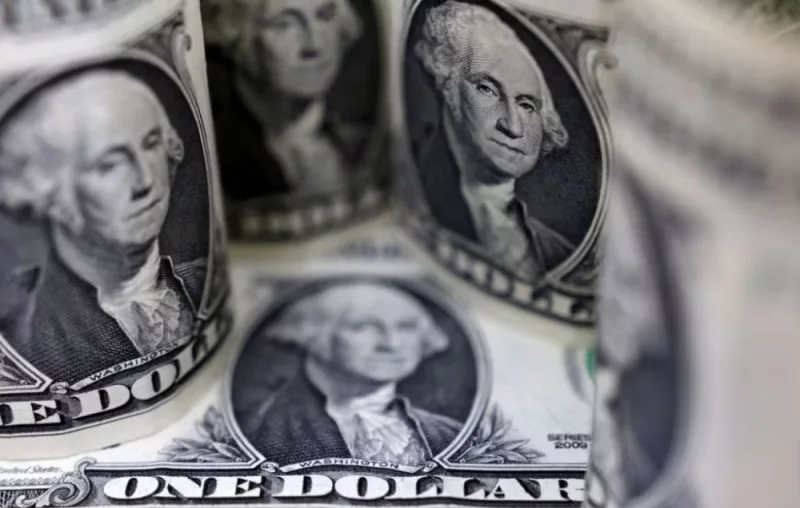Major currencies held steady early on Monday as investors positioned themselves for a potential continuation of the U.S. dollar’s recent decline. This comes after the Federal Reserve signaled a more dovish stance, causing the dollar to weaken. The dollar index remained flat at 105.07, while the euro was trading at $1.0727. The dollar had experienced its most substantial weekly drop since mid-July, hitting a six-week low. In light of weaker U.S. jobs data and softer global manufacturing figures, the dollar’s vulnerability persisted, leading to gains in other currencies such as the British pound, Australian dollar, and Japanese yen. Analysts anticipate the dollar to maintain its weaker trajectory throughout November, though caution remains, as the factors supporting the dollar could reemerge in the medium term.
On the other hand, analysts at J.P. Morgan Securities advised against excessive optimism among dollar bears, arguing that the U.S. dollar’s pillars of strength have weakened but not disappeared entirely. They believe that these dollar-supportive factors are likely to reemerge in the medium term. The sustained weakening of the dollar would necessitate signs of improvement in regions such as the eurozone and China, areas that still face precarious conditions. In essence, the outlook for the U.S. dollar’s strength remains a dynamic and evolving aspect of the global financial landscape.

